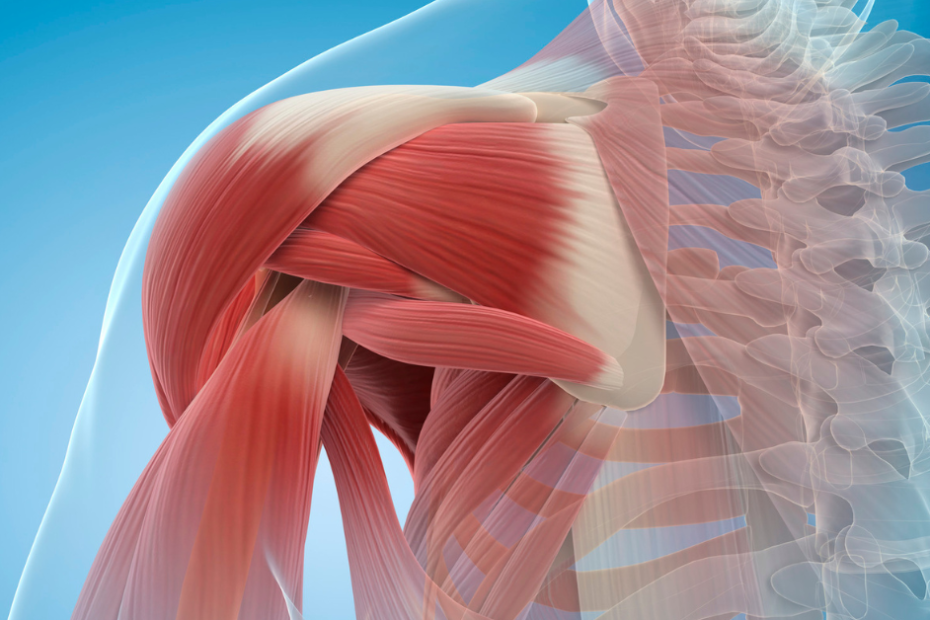Muscle growth is a crucial aspect of physical fitness and a key goal for many people who engage in strength training and bodybuilding. While both males and females are capable of building muscle, the process of muscle growth can differ between the two genders. In this article, we will delve into the science behind male and female muscle growth, exploring the unique factors that influence each.
Hormonal Differences in Muscle Growth
Hormones play a critical role in the regulation of muscle growth, and the levels of certain hormones in the body can differ between males and females. Testosterone, a male sex hormone, is one of the key hormones that influence muscle growth in men. Testosterone levels are typically much higher in men than in women, which can result in greater muscle growth potential.
On the other hand, women produce more estrogen, a female sex hormone that can hinder muscle growth. Estrogen levels can increase after menopause, causing a decrease in muscle mass and strength. However, this effect can be offset by engaging in regular strength training exercises, which can help maintain muscle mass and strength even as estrogen levels rise.
Muscle Fiber Type and Muscle Growth
Another factor that can impact muscle growth is the type of muscle fibers that predominate in the body. There are two types of muscle fibers: slow-twitch (Type I) and fast-twitch (Type II). Slow-twitch fibers are more endurance-oriented, while fast-twitch fibers are more powerful and capable of generating greater force.
Research has shown that men tend to have a greater proportion of fast-twitch fibers in their muscles, which can contribute to their ability to build more muscle mass. Women, on the other hand, tend to have a greater proportion of slow-twitch fibers, which can make it more difficult for them to build large amounts of muscle mass.
Genetics and Muscle Growth
Genetics also play a role in determining muscle growth potential. Some people are simply predisposed to build more muscle mass than others, regardless of gender. However, even with favorable genetics, muscle growth requires consistent and intense training, proper nutrition, and adequate rest and recovery.
Training Regimens for Muscle Growth
While both males and females can benefit from strength training exercises, the type of training regimen will vary based on the individual’s goals and physical abilities. For example, male bodybuilders may engage in heavy weightlifting to build as much muscle mass as possible, while female fitness enthusiasts may focus more on resistance training to maintain muscle tone and strength.
Regardless of the training regimen, it is crucial to engage in consistent, progressive strength training exercises, eat a balanced diet that provides adequate nutrients, and get enough rest and recovery time to support muscle growth.
Conclusion
In conclusion, the science of muscle growth is complex and influenced by a variety of factors, including hormones, muscle fiber type, genetics, and training regimens. While both males and females are capable of building muscle, the process of muscle growth can differ between the two genders. Understanding these differences can help individuals optimize their training regimens for maximum muscle growth potential.
